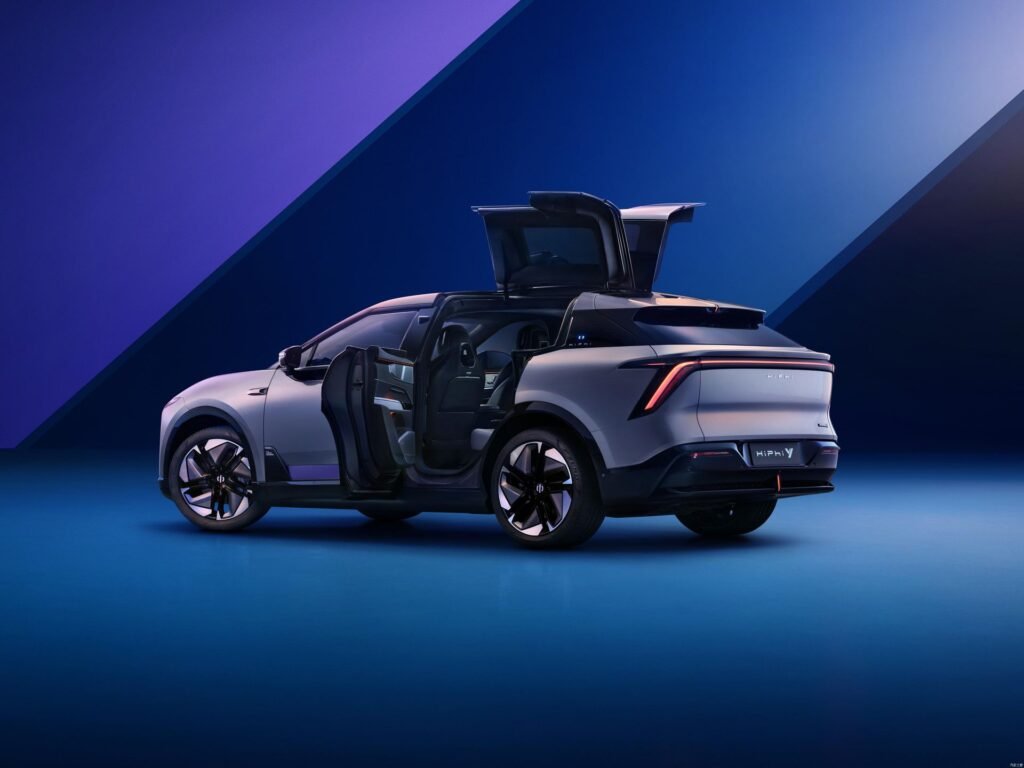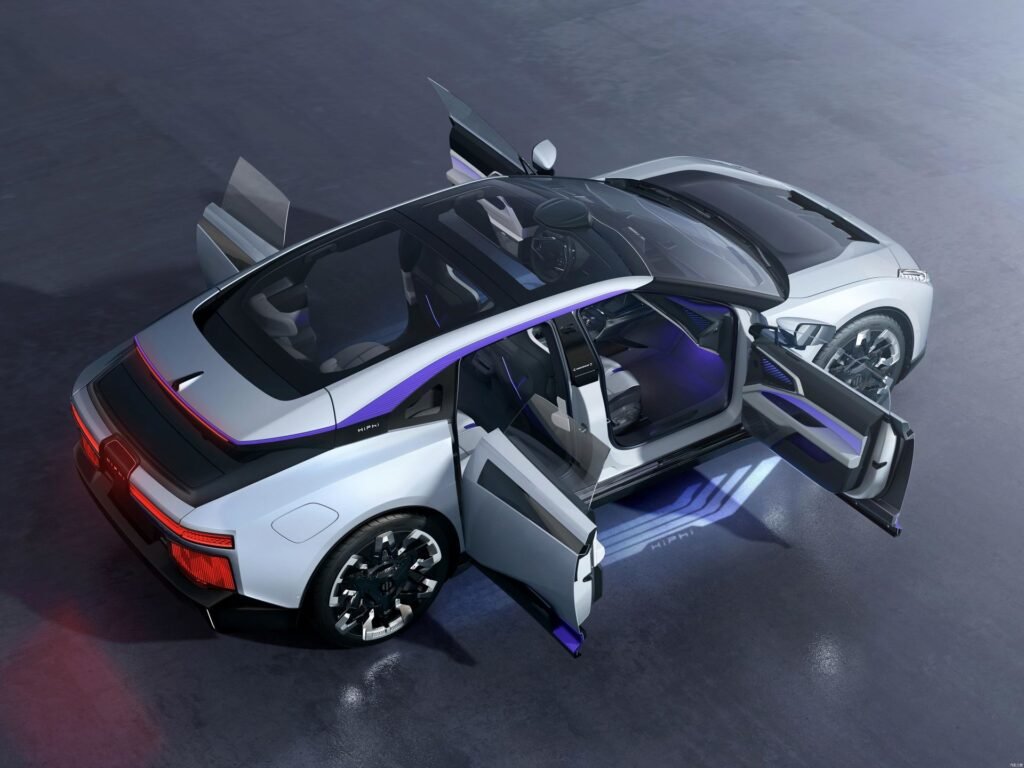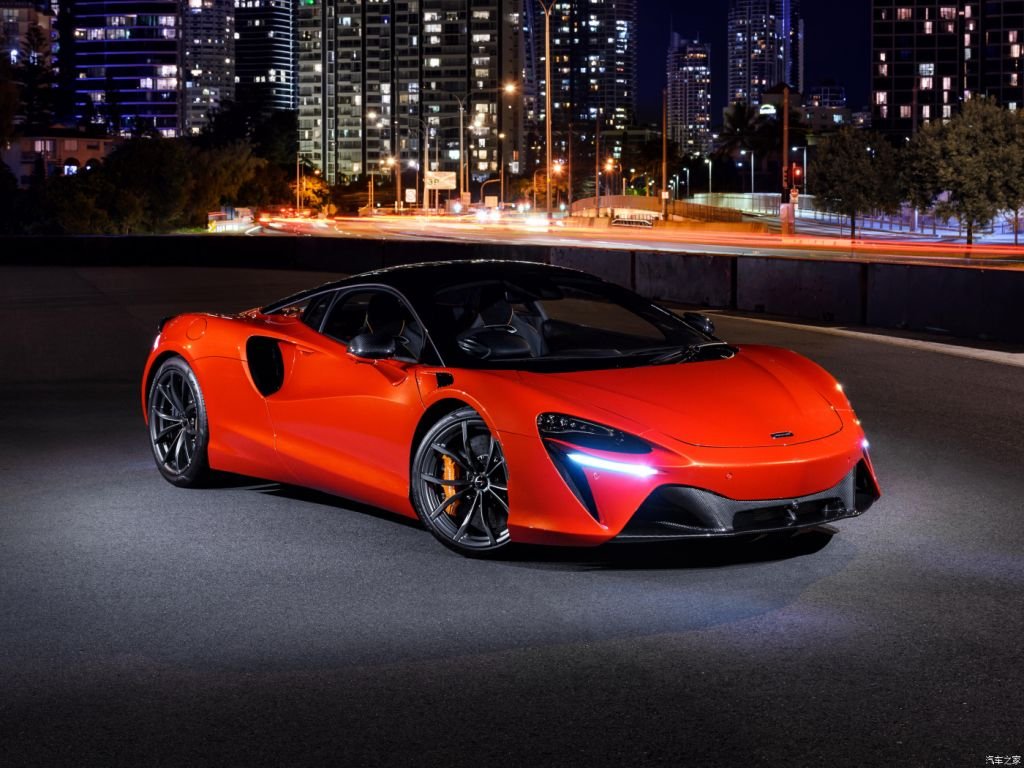With the gradual increase in the popularity and acceptance of electric vehicles around the world, it not only drives the rapid emergence of a new global energy economy, but also brings about a historic change in the world’s automobile manufacturing industry.
The “Global EV Outlook 2023” report released by the International Energy Agency (IEA) analyzes and forecasts the global development of electric vehicles, battery demand, and related policies. The following is a brief summary of this report.
Global electric vehicle sales break records in 2022
Electric vehicle sales exceeded 10 million units in 2022, showing exponential growth. 2.3 million new energy electric vehicles were sold globally in the first quarter of 2023, an increase of about 25% over the same period last year. Global sales are expected to grow 35% year-on-year to 14 million units in 2023, increasing its share of the overall automotive market to 18%.
The vast majority of electric vehicle sales are concentrated in three major markets – China, Europe and the United States. Among them, China is the frontrunner, with 60% of global EV sales occurring in China last year, and more than half of the world’s sold EVs in China.
In addition, electric vehicle sales in Europe and the United States grew by 15% and 55% respectively last year, while electric vehicle sales in India and Indonesia more than tripled and sales in Thailand doubled. Policy programs in major economies will further increase the market share of electric vehicles.
landmark electric vehicle policies are promoting electric vehicles to help climate goals
Policies in major economies around the world will increase the market share of electric vehicles to 50% by 2030. The electric vehicle boom will drive global oil demand for road transport to peak around 2025 and emit about 700 million tons of carbon dioxide. Battery manufacturing is expected to meet the net-zero emissions needs of electric vehicles by 2050.
More affordable models enter the market as competition intensifies
Global spending on electric vehicles exceeds $425 billion in 2022, up 50% from 2021; venture capital investments by startups for R&D of electric vehicle and battery technologies total nearly $2.1 billion, up 30% from 2021; and investments related to batteries and key minerals are also on the rise.
In 2022, the number of EV types available reaches 500, more than twice as many as in 2018. A growing number of new entrants are offering more affordable models, with a growing range of EVs for consumers to choose from.
However, the number of EV models available globally is still much lower than the variety of combustion engine vehicles available in the market.
With the rapid development of electric vehicles, the electrification of more vehicle models has become a focal point
The electrification of road transport is not only limited to cars, two-wheelers/three-wheelers are also the most important electrification market. Electrification of commercial vehicles is also increasing, with global sales of electric light commercial vehicles growing by 90% in 2022 to around 310,000 units.
China is a global leader in market share for electric two/three-wheelers, electric buses, and electric trucks, in addition to electric cars. More than one-third of China’s two/three-wheelers are electric, and the global share of electric buses and electric trucks exceeds 95%.
Electric vehicles and batteries feature prominently in decision-making
EV market trends are having a positive knock-on effect on battery production and supply chains. There are enough battery projects announced globally to meet EV demand through 2030. However, the battery and materials market remains highly concentrated, with China’s battery and materials exports accounting for more than 35% of the global share in 2022.




